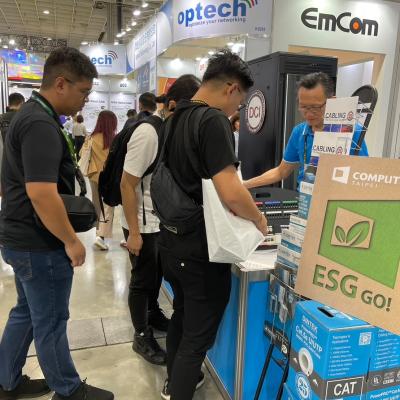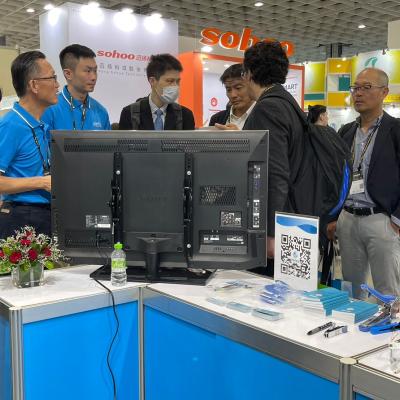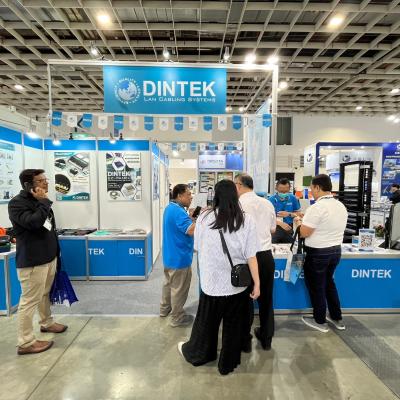Understanding Single-Mode Optical Fiber:
G652D vs. G657A2
ITU-T G652D and G657A2 are among the most commonly used specifications for single-mode optical fibers, each with unique characteristics that make them suitable for different applications. Let’s dive into the specifics of these two fibers, exploring their structure, compatibility, and the distinct advantages each offers.
The Fundamentals: G652D and G657A2 Fiber Types
Both G652D and G657A2 specifications refer to the material and construction of the glass used in singlemode optical fiber. Despite having similar functions in transmitting data over long distances, these fibers differ in several technical aspects, particularly regarding their resistance to bending and loss characteristics.
G652D Optical Fiber
G652D fiber, one of the most widely used single-mode fibers, has been a staple in optical networks for over three decades. This type of fiber is characterized by a mode field diameter (MFD) of 10.4µm at a wavelength of 1550nm. The larger MFD provides marginally lower loss in transmission, making it ideal for long-distance communication, often extending beyond 100km without the need for amplification. This lower loss capability is crucial in applications where maintaining signal integrity over extended distances is a priority.
Key Characteristics of G652D Fiber
G657A2 Optical Fiber
On the other hand, G657A2 fiber is specifically designed to withstand higher bending without significant signal loss. This fiber has a slightly smaller mode field diameter of 9.8µm at 1550nm, which contributes to its enhanced bend resistance. G657A2’s robust bend tolerance enables it to handle the demands of modern access networks and other space-constrained environments, including data centers, where tight routing and small cable pits are common.
Key Characteristics of G657A2 Fiber
Comparing the Advantages of G652D and G657A2 Fibers
Both G652D and G657A2 fibers are highly effective for single-mode systems, yet each has distinct advantages that cater to different deployment needs.
G652D Advantages
Lower Transmission Loss: G652D’s marginally lower attenuation makes it ideal for long-haul transmission over 100km without signal boosters.
Optimized for Like-Fiber Splicing: With minimal splice loss when spliced to other G652D fibers, it simplifies maintenance in existing long-distance networks.
Extensive Industry Use: With more than 30 years of consistent deployment, G652D is trusted across backbone and metropolitan networks, making it a reliable choice for established systems.
G657A2 Advantages
Superior Bend Radius: G657A2 is designed for environments requiring tighter cable routing, as it offers high resistance to bending losses. This feature makes it a preferred choice for modern high-density installations.
Cost-Efficient Installation: Its bend tolerance enables smaller, lower-cost installation spaces, providing cost savings in data centers and access networks.
Support for Higher Density Connections: With an enhanced bend radius and flexibility, G657A2 facilitates the use of miniaturized connectors and compact cable management solutions, which are essential for dense data center environments and enterprise networks.
Choosing Between G652D and G657A2
for Your Network Needs
In summary, the choice between G652D and G657A2 depends on the specific demands of the network. For long-distance applications where minimal loss is critical, G652D remains an excellent choice. In contrast, G657A2’s bend resilience makes it ideal for modern installations requiring compact cable routing and high-density patching fields. The backward compatibility between these fibers allows for flexible network design, where G652D can be deployed in core networks, and G657A2 can enhance connectivity in data centers or densely packed environments.
Both fiber types serve unique roles in today’s infrastructure and choosing the right one will depend on whether long-distance transmission or spatial efficiency and flexibility are the priority. With G652D and G657A2, network designers have two competent options that address various installation and performance needs, each contributing to the high standards of single-mode optical fiber technology in diverse network landscapes.







